Keep Restaurant Equipment Safe: Proper Use of a Breading Station
May 7, 2018Keeping food safe and sanitary is vital for any restaurant.
A lot foodborne illness isn’t the result of the food itself, but rather a misuse of restaurant equipment that causes contamination.
A breading station is a piece of equipment that has a lot of opportunity for cross-contamination, since raw meat is used in it regularly. Make sure your policies and procedures reflect up-to-date safety standards and are strictly enforced.
What Foodborne Illness Can Do to Your Restaurant.
Your restaurant cannot afford to be known as the site of an illness outbreak due to carelessness. If negligence can be proved, you can be found liable for the sick person’s missed work, medical costs, and even long-term health.
There will be a lot financial consequences beyond the illness as well. You could be subject to regulator’s fines, increased insurance premiums, and may have to retrain your staff or close your restaurant temporarily.
In addition, you’ll suffer terrible bad press that can impact earnings for months or even years. In fact, being known as the source of foodborne illness due to misuse of restaurant equipment can cause your business to fail completely.
Foodborne illness can also affect your employees. If a staff member gets sick due to poor food hygiene, you’ll have to replace their hours and help others cover their work. You may even have to handle a worker’s compensation claim.
Avoid all of these by posting and enforcing food safety rules!
Breading Station Safety
In a commercial kitchen, your fryer can include a breading station right in front of the basket. This type of restaurant equipment helps ensure safety by minimizing the transport of raw meat, as well as keeping meat off of counters.
The breading station should be a removable bowl or basin. The breading mix, perhaps flour and seasonings, is placed in the basin. From there your cooks add the food and deposit it straight into the fry basket.
The first things that all fry cooks should know is to never mix meats in the same breading bowl, and to never follow meat with a vegetable. The breading basin should be replaced or dumped out and thoroughly washed before a new product is breaded.
Between batches of the same meat or vegetable, the breading mix must be kept colder than 41 degrees F. However, breading mix should never be kept overnight.
To help enforce these policies, remind your staff that it’s for their safety as well as the safety of the guests. It really does matter if you leave the flour out “just a few minutes” – anyone can get distracted. The kitchen manager should also make sure restaurant equipment and breading basins are clean and available so no one is caught short.
Get the Right Restaurant Equipment For Your Kitchen
At Tipton Equipment, we want to make it easy for you to find all the pieces your kitchen needs. We offer a wide variety of restaurant equipment, from grills to fryers to breading stations and more.
We’d love to help you outfit your restaurant with the best equipment available. Contact us today and let us know your needs!
Tipton’s Guide to Conquering Dorm Life
College is an exciting time in your life. You are finally on your own and on your way to becoming a young professional. But what do you need to bring with you to college? Yes you need your bean bag chair, your bed risers, and your clothes. But are you bringing kitchen...
Tipton’s Guide to Holiday Shopping
The holidays are coming up fast, and we know you’re in a rush to grab last minute presents. Tipton Equipment Restaurant Supply is here to help you and Santa grab the perfect gifts for your loved ones. These are not only great suggestions for Christmas, but also for...
Unique Combinations of Sodas You Need to Try
Soda Fountain machines are exactly the convenience we need in our lives. And quite frankly nothing tastes better than a nice tall fountain drink. A close second would be the same soda from a glass bottle. But why are fountain drinks so good? We believe it is because...
Tips on Photographing Used Kitchen Equipment
It would be a good guest that you’re reading this blog from a smartphone. If that is a true statement, it means that you have a high powered camera in the palm of your hands already. And that is all you need to take good pictures of your used kitchen equipment....
Will You Join the Latest Trend of Food Trucks?
Millennials get a lot of blame these days. Just think about it. If it weren’t for them, we wouldn’t have things like fidget spinners and social media addictions like “Fear of Missing out”. But what we can give them credit for is how they brought the food truck...
The Cast Iron Skillet is Your Tool for Social Media Videos
No matter where you go on social media, you will come across a food video. It doesn’t matter if it’s Facebook or Instagram, you will see a delicious meal that you will eat in your head, but never make it in reality. If you are present in any social media, than you...
Do You Have the Right Kitchen Equipment?
One of the best things you can do for yourself is learning how to cook your own meals. Knowing that you made a delicious dinner for yourself, the feeling of independence, and it's a huge money saver! No more paying to go out every meal. Whether you’re new to the...
Buying Used Kitchen Equipment Could be Your Newest Hobby
Advantages of buying used Just like any other advantage of buying used, you save money with the thrill of finding the best deal. Brand new kitchen equipment can leave a big dent in your wallet. Buying used is an affordable way to fulfil the needs that you have in your...
How do You Compare to a Commercial Kitchen?
How do you think your home kitchen stacks up against a commercial kitchen? We know you’re the master chef at home, but do you think you can enter the big leagues in the back of a restaurant? You’ve seen every Food Network show, you’ve been mixing it up in the kitchen...
Common Mistakes Made in the Kitchen
We love watching the different food and cooking equipment on the Food Network. Everything looks delicious, and the chefs are cooking and talking at the same time, making it seem effortless. A close up of the moist, savory meal pans across the screen. That show sparked...
Repurposing Old Restaurant Supplies
Are you looking for ways to repurpose your old restaurant equipment and supplies? Well we have 4 DIY projects to give your old restaurant supplies new life. Your New Spice Rack For this you’ll need an old pizza pan or baking pan, double-sided magnets, shakers, and...
Restaurant Equipment In Your Home?
Are you someone who does research on everything you buy? You want to purchase items that are going to last a lifetime, and you don’t mind spending a little extra for it to last the long run. That isn’t being ridiculous, that’s being smart! So buying the best lifetime...
Did Food Service Equipment Affect Your Life?
As a child, we did many things that we look back on that just makes us cover our face and shake our head. Eating mud, sticking paper clips in power sockets, and so many other poor decisions. But those are some of the memories that made us who we are. We hope you would...
Cleaning Your Home Kitchen Equipment
Trying to find a more natural way of cleaning your kitchen equipment? This includes your oven, your stovetop, your refrigerator, and basically anything that either holds your food or cooks your food. You might even have self-cleaning appliances, but you’re not so...
6 Equipment Buying Tips Every Restaurant Owner Needs to Know
If you own a restaurant, knowing how to purchase the right equipment is one of the key ingredients to the success of your company. Here’s a bit of advice to help you become a purchasing pro: Our 6 Restaurant Equipment Buying Tips 1. Consider your current situation and...


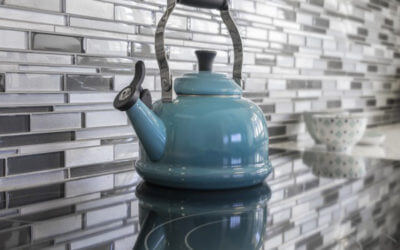


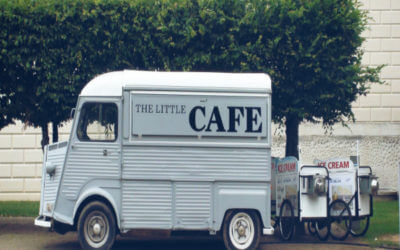

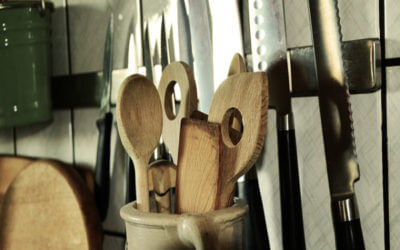
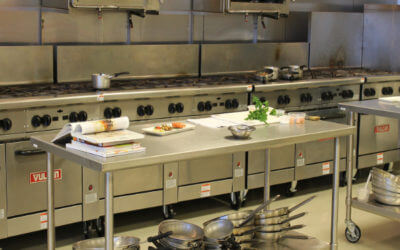






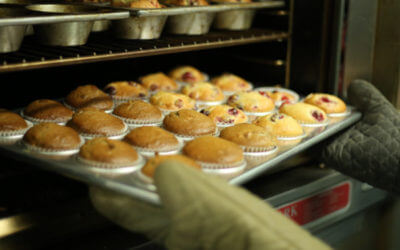
I applaud the writer for shedding light on this topic and emphasizing the significance of keeping restaurant equipment safe. Found the tip to never mix meats in the same breading bowl, and to never follow meat with a vegetable in order to avoid cross-contamination quite useful. In conclusion, mastering the art of breading goes beyond creating mouthwatering dishes; it involves a deep commitment to safety and best practices.